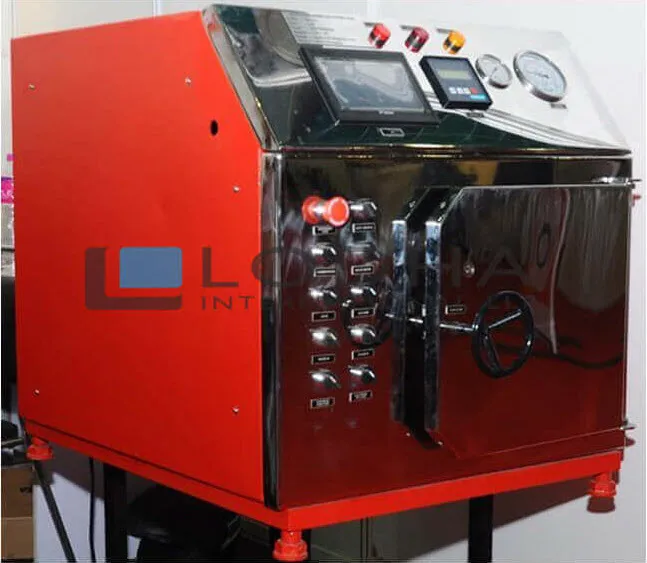Get in touch! +91 9687731331 | +91 9687631331 | info@lodhapharma.com
Hospital ETO Sterilizer Tips and Tricks
Hospital ETO Sterilizer is a very important tool which helps in keeping hospitals safe from infections caused by bacteria, viruses, and fungi. It cleans small germ particles and kills all known viruses, bacteria, and fungi. Besides, it also maintains the ventilation system and monitors it.
What is the Need of Hospital ETO Sterilizer?
One of the most common complaints about hospitals is their staff's lack of morale. Fortunately, there are products and services in place to help out. Besides, a happy employee means happy patients, and a happy patient leads to a happier customer. The trick is keeping your employees' happy and healthy. To get there, you need to have the right technology and tools in the right places like Hospital ETO Sterilizer. The following tips and tricks are sure fire ways to achieve the best results for you and your patients.
Can Hospital ETO Sterilizer Kill Viruses, Bacteria and Fungi?
The ETO (Ethylene Oxide) is a good way to kill germs. ETO is a safe and effective process for the handling of sensitive medical materials. It is often the medical personnel's best friend in the fight against pathogenic disease. Besides, the ethylene oxide molecule can penetrate some of the tougher plastic films. This is a good thing for a doctor who has a lot on her plate.
There are many factors to consider, but one that stands out is the patient's health. An ETO sterilizer paves the way for a speedy recovery, which is the number one priority for a health care provider. ETO will ensure their safety. ETO also proves effective for sterilizing sensitive instruments like endoscopes, nasopharyngeal tubes and catheters. Besides, it is a good way to save time and money.

Need of Ventilation System in Ethylene Oxide Sterilizer?
If your hospital sterilizer uses ethylene oxide (ETO) as the sterilizing agent, there are two major ways of limiting exposure: engineering controls and good work practices.
Engineering controls include ventilation systems. Ventilation is the most common method for controlling EtO emissions. The ventilation system should be designed to control EtO under worst-case conditions, and the system should be inspected and tested regularly.
Good work practices include ensuring that the hood surrounding the EtO sterilizer is ventilated to the appropriate capacity and that the operator conducts all sterilization operations inside the hood. This will prevent exposure to EtO in the mechanical access room.
During the purge stage of the sterilizer, the auxiliary fan should be running. The exhaust from the sterilizer should be routed to a dedicated exhaust ventilation system. A vent hood should be installed above the sterilizer door. It should be opened to a distance of at least 2 inches. In addition, there should be a warning light at the entrance of the mechanical access room.
Maintenance and Monitoring of ETO sterilizer
When a hospital ETO sterilizer is used, it is important to properly monitor and maintain the equipment. This ensures the safe operation of the machine and the effectiveness of engineering and work practices.
The United States Environmental Protection Agency (EPA) regulates industrial and hospital sterilizers. They conduct facility inspections and assess the emission of EtO from these devices.
In addition to these regulatory bodies, the National Institute for Occupational Safety and Health has published an EtO exposure bulletin. It provides recommendations on work practices, engineering controls, and personal protective equipment.
While there are a variety of equipment and work practices available to control exposure, the primary means of controlling EtO emissions is ventilation. A dedicated exhaust system prevents contamination of the surrounding environment, and workers are protected at the discharge point.
Ensure that the exhaust piping is tight and test for gas leaks. If the piping cannot be tightly sealed, a special aeration treatment should be installed.
In Conclusion
In order to sterilise goods or materials susceptible to heat or humidity, ethylene oxide, or ETO sterilisers, are widely utilised across the medical sector and the surgical business. Our highly advanced sterilisers are equipped with unique heating jackets that use electricity to evenly distribute heat and steam throughout the heating chamber, giving them the capacity to effectively destroy microorganisms. The hospital's equipment and accessories are also sterilised by it.

